The United States could return to full employment in 2022 if Congress approves President Joe Biden’s relief package, Treasury Secretary Janet Yellen predicted on Feb. 7.
“I would expect that, if this package is passed, that we would get back to full employment next year,” Yellen said on CNN’s “State of the Union.”
Full employment refers to an economy in which no workers are involuntarily unemployed.
Democrats are attempting to ram Biden’s $1.9 trillion proposal though Congress, with little or no Republican support in its current form. The package includes a federal minimum-wage hike, a fresh round of stimulus checks, and extended unemployment benefits.
Senate Budget Committee Chairman Bernie Sanders (I-Vt.) said during an interview with CNN’s “State of the Union” that Congress must pass the new relief bill by the time bolstered unemployment benefits expire in the middle of next month.
“2020 was probably the worst year in the modern history of this country. You have got millions of people who have lost their jobs. People are worried about being evicted. Children are literally, in this country, going hungry. People in the midst of the pandemic have no health care,” he said.
“We have got to get the [COVID-19] vaccine into people’s arms as quickly as possible. We have got to reopen our schools; we have enormous crises. And we have got to pass that legislation as soon as we possibly can.”
Biden’s American Rescue Plan includes hundreds of billions for vaccine production, distribution, and administration, as well as some $175 billion for the safe reopening of schools.
That would help women rejoin the workforce, Yellen said on CBS’s “Face the Nation.”
“It places huge emphasis on getting our schools open safely, getting children back into school, providing paid family and medical leave during this crisis so that women don’t have to leave their jobs when they’re faced with health issues or family issues that they have to address,” she said. “There’s emphasis on providing more child care and payments, tax credits expanded for children to help families address these needs. And I think this is really necessary to get women back to work.”
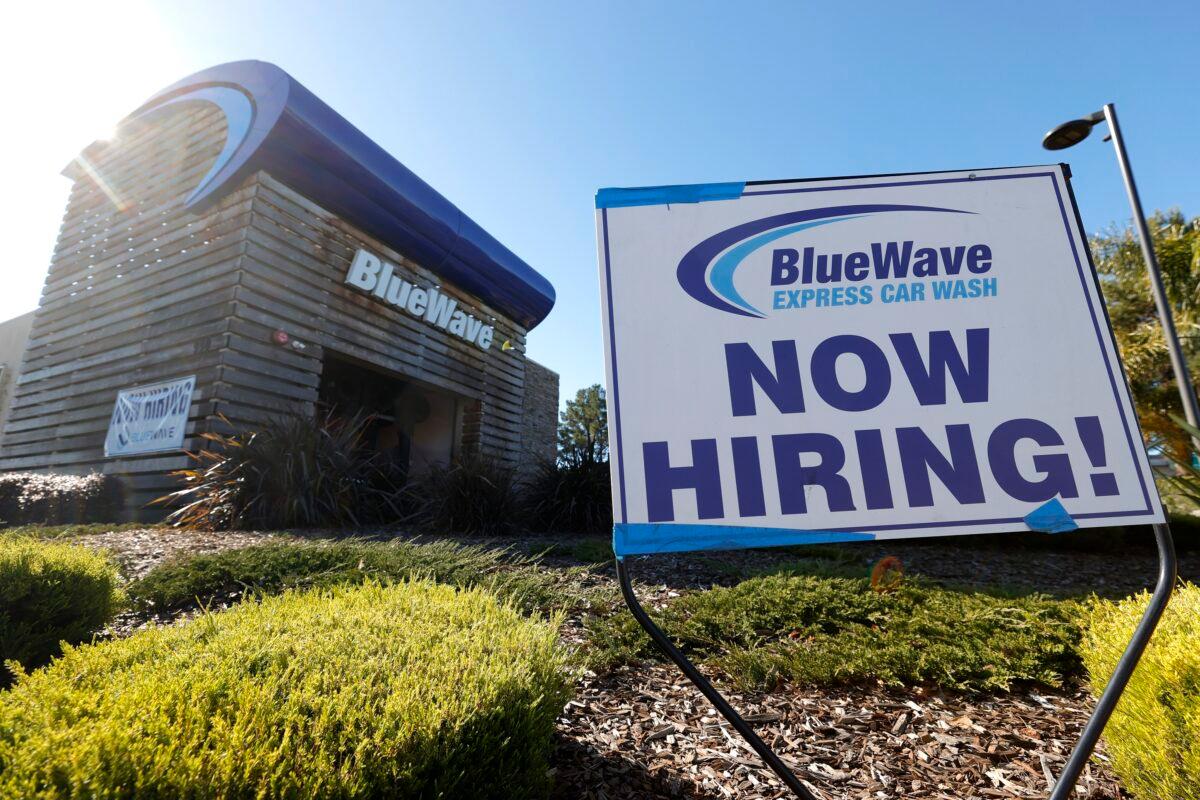
Biden, in an interview CBS released on Feb. 7, called the situation “a national emergency.”
The Congressional Budget Office (CBO), a nonpartisan office that produces reports about proposals, said in an analysis last week that labor market conditions are projected to continue to improve.
“Labor market conditions continue to improve. As the economy expands, many people rejoin the civilian labor force who had left it during the pandemic, restoring it to its pre-pandemic size in 2022. The unemployment rate gradually declines throughout the period, and the number of people employed returns to its pre-pandemic level in 2024,” the office said in the analysis, which assumed no new significant emergency funding or aid.
Republicans argue that Biden’s plan is too large and note that much of the money from the $900 billion package passed in December 2020 remains unspent. They’re also citing CBO projections.
Sen. Roger Wicker (R-Mo.) told ABC’s “This Week”: “Basically, CBO says that by the end of the year, the unemployment rate’s going to be below 5 percent. The purchasing power of American families is going to be way up. And so the economic projections from this bipartisan group argue against something the size of a $1.9 trillion package that also anticipates a big tax hike.”
Republicans have made a counter-proposal that comes in around $618 billion. In one key difference, supplemental unemployment aid would be extended through June, not September. GOP lawmakers also are proposing more-targeted checks and cutting out entirely a minimum wage increase.
Sen. Bill Cassidy (R-La.), on NBC’s “Meet the Press,” pointed to another omission in the GOP plan: assistance to state and local governments. Cassidy said it would be difficult to gin up Republican support for that funding, because “some states have done better in 2020 than they did in 2019.”
“California has had record tax revenue. Now, my state’s been hurt. Let’s just say it. But New York, for all of their complaining—Gov. Cuomo’s complaining—has only had a 1.5 percent decrease in revenue. New Jersey, 0.5 percent. And nationwide, I think it’s like 0.1 percent revenue decline,” he said.
“If good policy is good politics, then maybe bad policy is bad politics. And if we’re going to throw $350 billion at states when New York has had record increased revenue, some folks are going to scratch their head and say: ‘That’s not justified. Let’s think of a different way to do it.’”
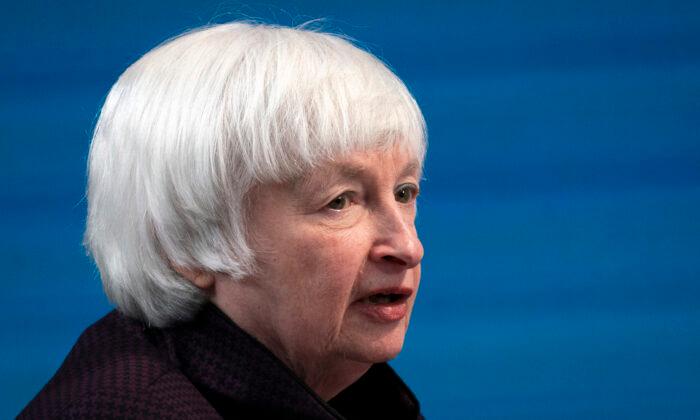


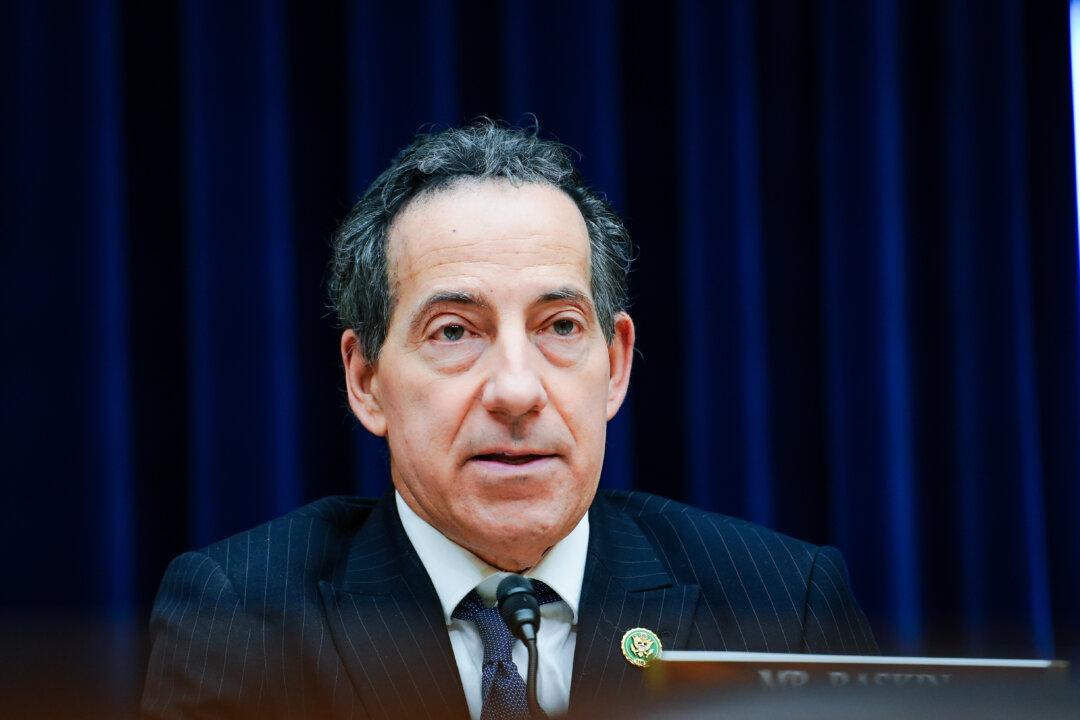
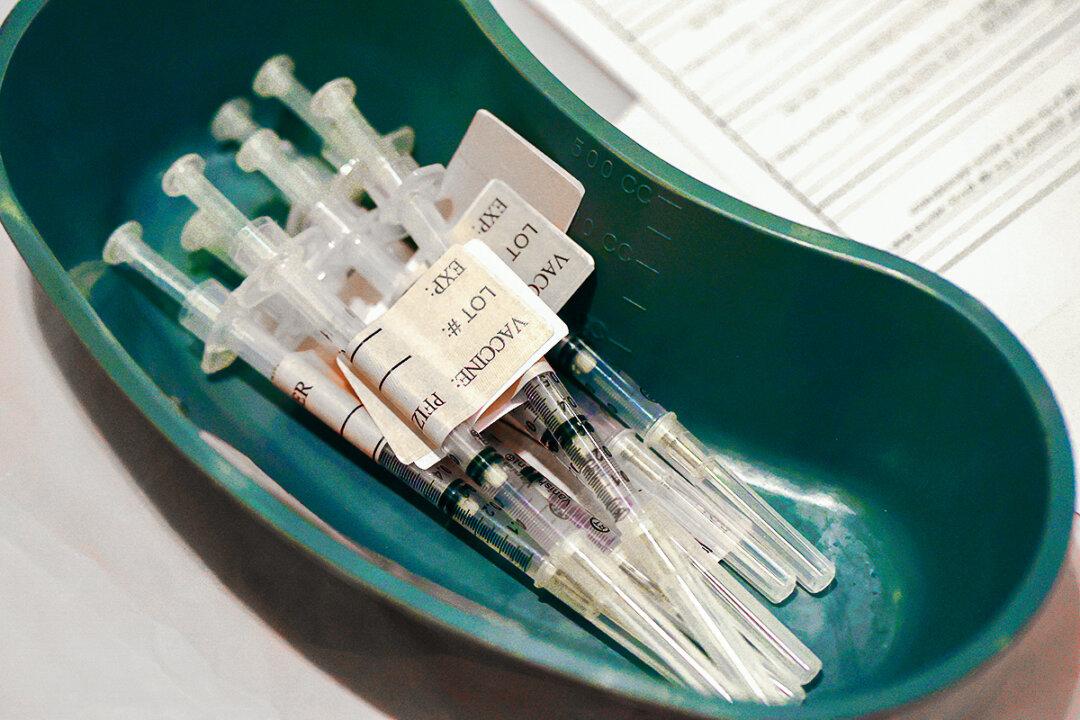
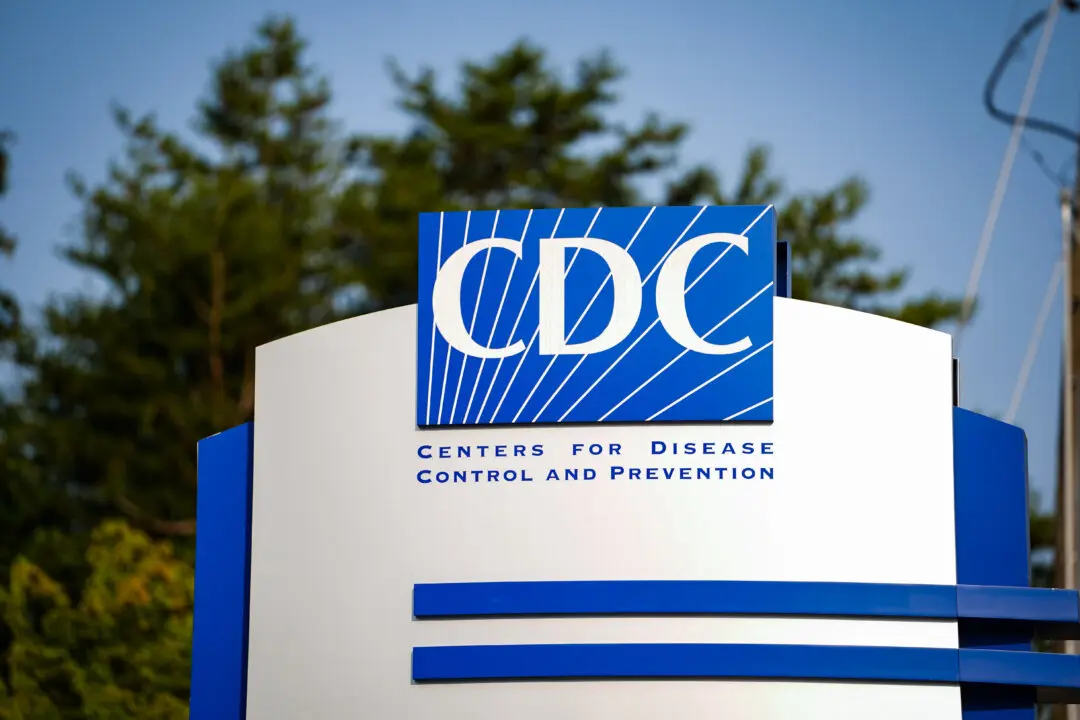
Friends Read Free